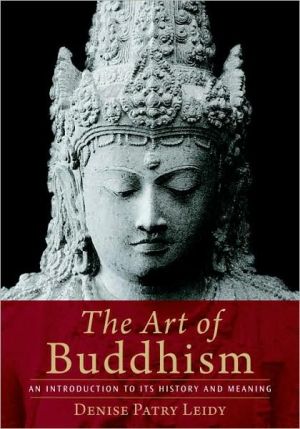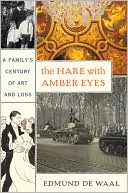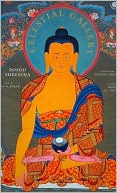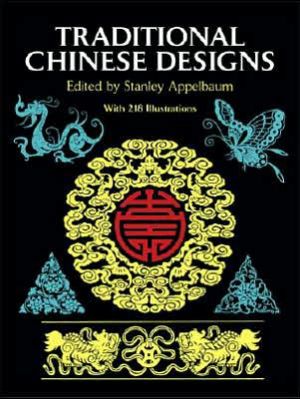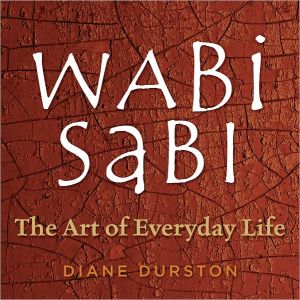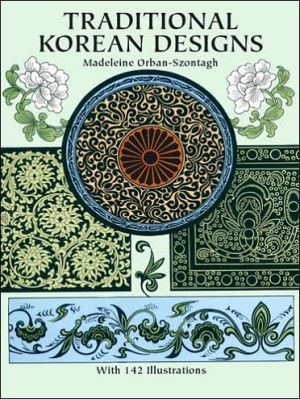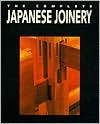The Art of Buddhism: An Introduction to Its History and Meaning
As its teachings spread from the Indian subcontinent in all directions across Asia, Buddhism influenced every culture it touched—from Afghanistan to Korea, from Mongolia to Java. Buddhist art is a radiant reflection of the encounter of the Buddha’s teachings with the diverse civilizations that came under their sway. It is also an intriguing visual record of the evolution of Buddhist practice and philosophy over a period of more than two millennia.\ More than two hundred photographs provide...
Search in google:
As its teachings spread from the Indian subcontinent in all directions across Asia, Buddhism influenced every culture it touched—from Afghanistan to Korea, from Mongolia to Java. Buddhist art is a radiant reflection of the encounter of the Buddha’s teachings with the diverse civilizations that came under their sway. It is also an intriguing visual record of the evolution of Buddhist practice and philosophy over a period of more than two millennia. More than two hundred photographs provide the visual context for this tour of the world of Buddhist art. Included in the rich variety of forms are architecture and monumental art, statuary, paintings, calligraphy, fresco, brushwork, and textile arts. Denise Leidy’s guide is the perfect introductory text for all those intrigued by this splendid aesthetic tradition. It also an essential resource for all who seek to understand Buddhist art as teaching.James R. Kuhlman - Library JournalWhile most of the literature on Buddhist art focuses on its narrowly defined aspects, Leidy (curator, Asian art, Metropolitan Museum of Art; coauthor, with Robert A.F. Thurman, Mandala: The Architecture of Enlightenment) presents a very readable broader text, opening with a brief introduction to the life of Gautama Buddha and his teachings before going on to survey Buddhism's march across all Asia from its source in third century B.C.E. India and across Asia through to the 19th century. Organized roughly chronologically, the 15 topical chapters (e.g., pillars and stupas, Buddha image, caves, early Sino-Tibetan traditions) effectively integrate more than 200 exquisite photographs, mostly in color and some full-page, into Leidy's explication of how art communicated Buddhist traditions to the largely illiterate laity. Highly recommended for public, academic, and school libraries, even those already owning Dietrich Seckel's The Art of Buddhism.
\ Library JournalWhile most of the literature on Buddhist art focuses on its narrowly defined aspects, Leidy (curator, Asian art, Metropolitan Museum of Art; coauthor, with Robert A.F. Thurman, Mandala: The Architecture of Enlightenment) presents a very readable broader text, opening with a brief introduction to the life of Gautama Buddha and his teachings before going on to survey Buddhism's march across all Asia from its source in third century B.C.E. India and across Asia through to the 19th century. Organized roughly chronologically, the 15 topical chapters (e.g., pillars and stupas, Buddha image, caves, early Sino-Tibetan traditions) effectively integrate more than 200 exquisite photographs, mostly in color and some full-page, into Leidy's explication of how art communicated Buddhist traditions to the largely illiterate laity. Highly recommended for public, academic, and school libraries, even those already owning Dietrich Seckel's The Art of Buddhism.\ —James R. Kuhlman\ \ \
